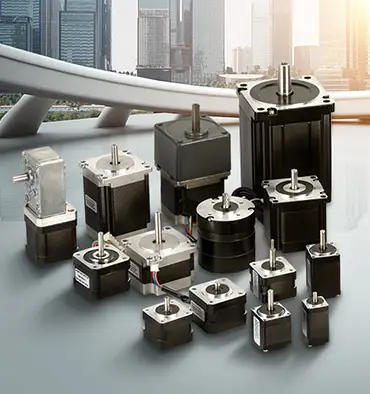How are stepper motors controlled?
Stepper motors are used in a wide variety of applications, including robotics, automation, and manufacturing. These motors are unique in that they can be rotated in precise, discrete steps, making them ideal for applications requiring precise positioning and speed control. In this article, we will explore how stepper motors are controlled and their various applications.
How are stepper motors controlled?
Stepper motors are controlled using a variety of methods, including open-loop and closed-loop control systems. Open-loop control is the most commonly used control method for stepper motors. In an open-loop system, the motor operates according to a predetermined sequence of steps, without any feedback about its actual position. In contrast, closed-loop systems use sensors to provide feedback on the motor's position and adjust its operation accordingly.
The most common way to control a stepper motor is through a stepper motor driver. A stepper motor driver is an electronic circuit that controls the speed, position, and direction of rotation of a motor. The driver receives signals from a controller, such as a microcontroller or programmable logic controller (PLC), and generates the necessary electrical signals to drive the motor.
Types of stepper motor control
- Full step control
In full-step control, the motor moves a full step at a time, with each step producing a fixed angle of rotation. This type of control is simple and easy to implement but can result in rougher and less precise motion.
- Half-step control
Half-step control involves moving the motor half a step at a time, resulting in a smaller rotation angle. This method produces smoother and more precise motion but requires more complex control circuitry.
- Micro steps
Microstepping involves breaking each complete step into smaller steps, resulting in smoother and more precise motion. This type of control requires advanced control circuitry and can provide very high accuracy.
Conclusion
In summary, stepper motors are unique motors that are used in a wide variety of applications requiring precise positioning and speed control. Stepper motors are controlled using a variety of methods, including open-loop and closed-loop control systems and stepper motor drives. As technology continues to advance, we can expect to see further improvements in stepper motor control and performance, making them even more important in a variety of industries.


Leave a Reply